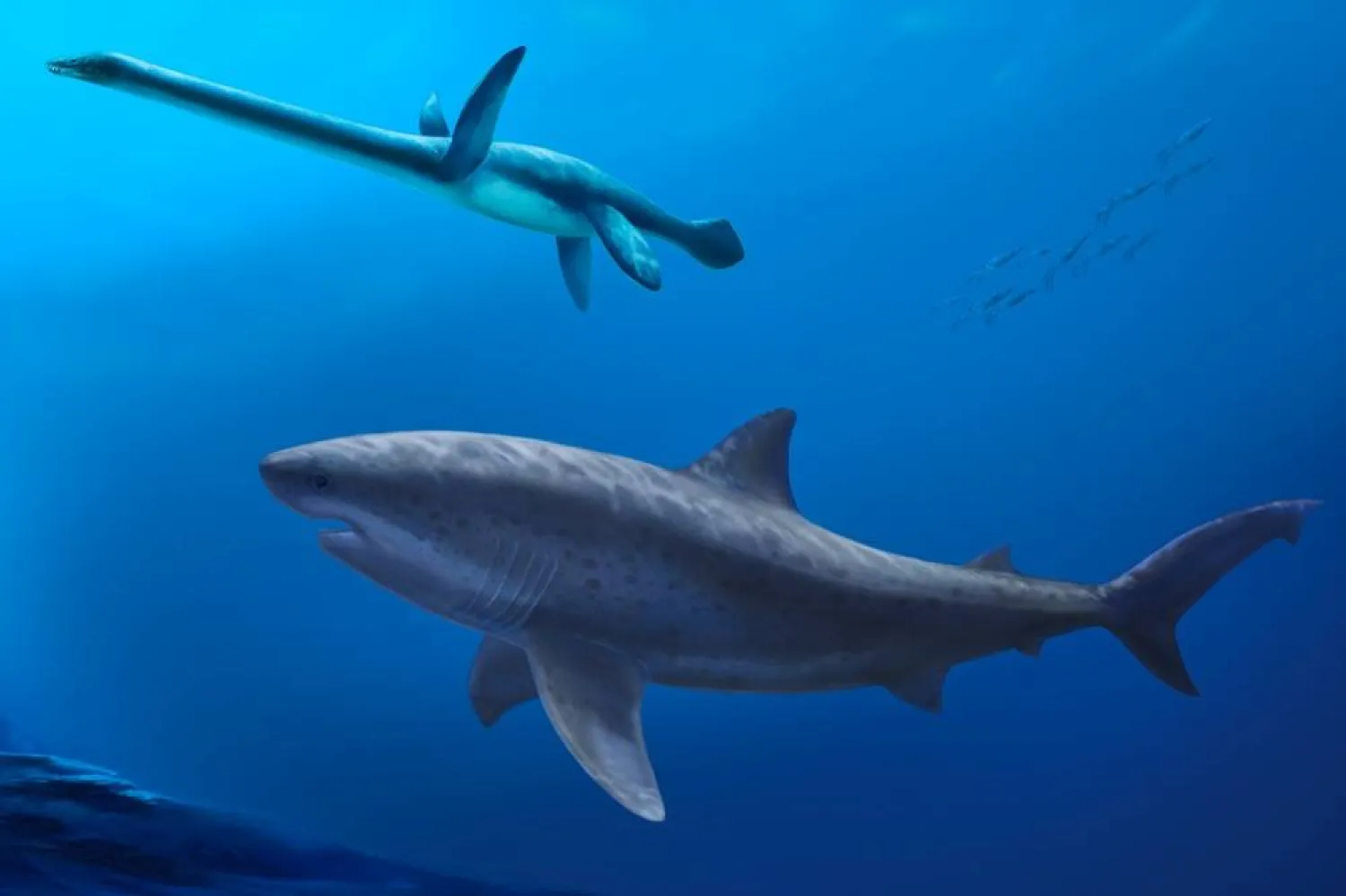Paleontologists at the University of Utah have visualized the swimming mechanisms of Orthocone, an animal that lived 66 million years ago, and belonged to the Cephalopod family.
In a study published in the latest issue of the journal PeerJ, paleontologists David Peterman and Kathleen Ritterbush used math and physics to make 3-D printed replicas of this animal, and took them to actual water tanks (including a University of Utah swimming pool) to see how this ancient marine creature moved in water.
This is not the paleontologists' first attempt in the so-called "virtual paleontology," having worked with digital ammonoid models of extinct Cephalopods to test hypotheses about their evolution and lifestyles. But in this research, they explored a different animal from the same family.
The resultant 3-D printed models were nearly two feet long. Using math and physics, they adjusted the centers of mass and counterweights within the models, representing the balances of soft tissue and air-filled voids that the orthocone would likely have maintained in its life. The resultant model is balanced the same as the living animal, allowing very detailed analyses of their movement.
They found that this type of cephalopods called orthocones likely lived a vertical life, jetting up and down to catch food and evade predators. They also have spiral shells, called torticones that added a gentle spin to their vertical motions.
The results showed clearly that the most efficient method of movement was vertical, since moving side to side created a lot of drag.
"I was surprised by how stable they are. Any amount of rotation away from their vertical orientation is met with a strong restoring moment. Orthocones may have been able to jet upward fast enough to evade animals similar to crocodiles or whales. They may not have been as lucky against fast swimmers like sharks," David Peterman, a postdoctoral scholar in the Department of Geology and Geophysics at the University of Utah said in a report.
"Thanks to these novel techniques, we can trudge into a largely unexplored frontier in paleobiology. Through detailed modeling, these techniques help paint a clearer picture of the capabilities of these ecologically significant animals while they were alive," he added.









